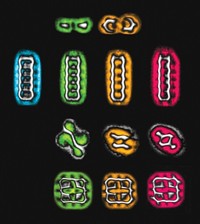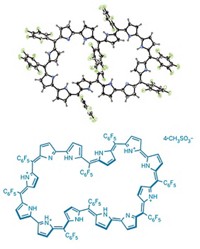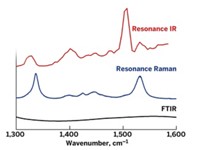Advertisement
Grab your lab coat. Let's get started
Welcome!
Welcome!
Create an account below to get 6 C&EN articles per month, receive newsletters and more - all free.
It seems this is your first time logging in online. Please enter the following information to continue.
As an ACS member you automatically get access to this site. All we need is few more details to create your reading experience.
Not you? Sign in with a different account.
Not you? Sign in with a different account.
ERROR 1
ERROR 1
ERROR 2
ERROR 2
ERROR 2
ERROR 2
ERROR 2
Password and Confirm password must match.
If you have an ACS member number, please enter it here so we can link this account to your membership. (optional)
ERROR 2
ACS values your privacy. By submitting your information, you are gaining access to C&EN and subscribing to our weekly newsletter. We use the information you provide to make your reading experience better, and we will never sell your data to third party members.
Analytical Chemistry
Switching Off Aromaticity
Laser pulse makes benzene lose its signature electron delocalization
by Bethany Halford
November 14, 2011
| A version of this story appeared in
Volume 89, Issue 46
Using a laser pulse, chemists have stripped benzene of its aromaticity, generating two different nonaromatic states of the molecule (J. Am. Chem. Soc., DOI: 10.1021/ja206193t). The approach could help chemists to further probe bonding and electronic structure in molecules. Inga S. Ulusoy and Mathias Nest, of Germany’s Technical University of Munich, used quantum optimal control theory to optimize the laser pulse they needed for switching between aromatic and nonaromatic states. By controlling the electron dynamics, the researchers were able to generate the Kekulé structures for benzene, with alternating single and double bonds, as well as an ionic state, in which the bond orders are the same but electronic charge accumulates on every other carbon.





Join the conversation
Contact the reporter
Submit a Letter to the Editor for publication
Engage with us on Twitter